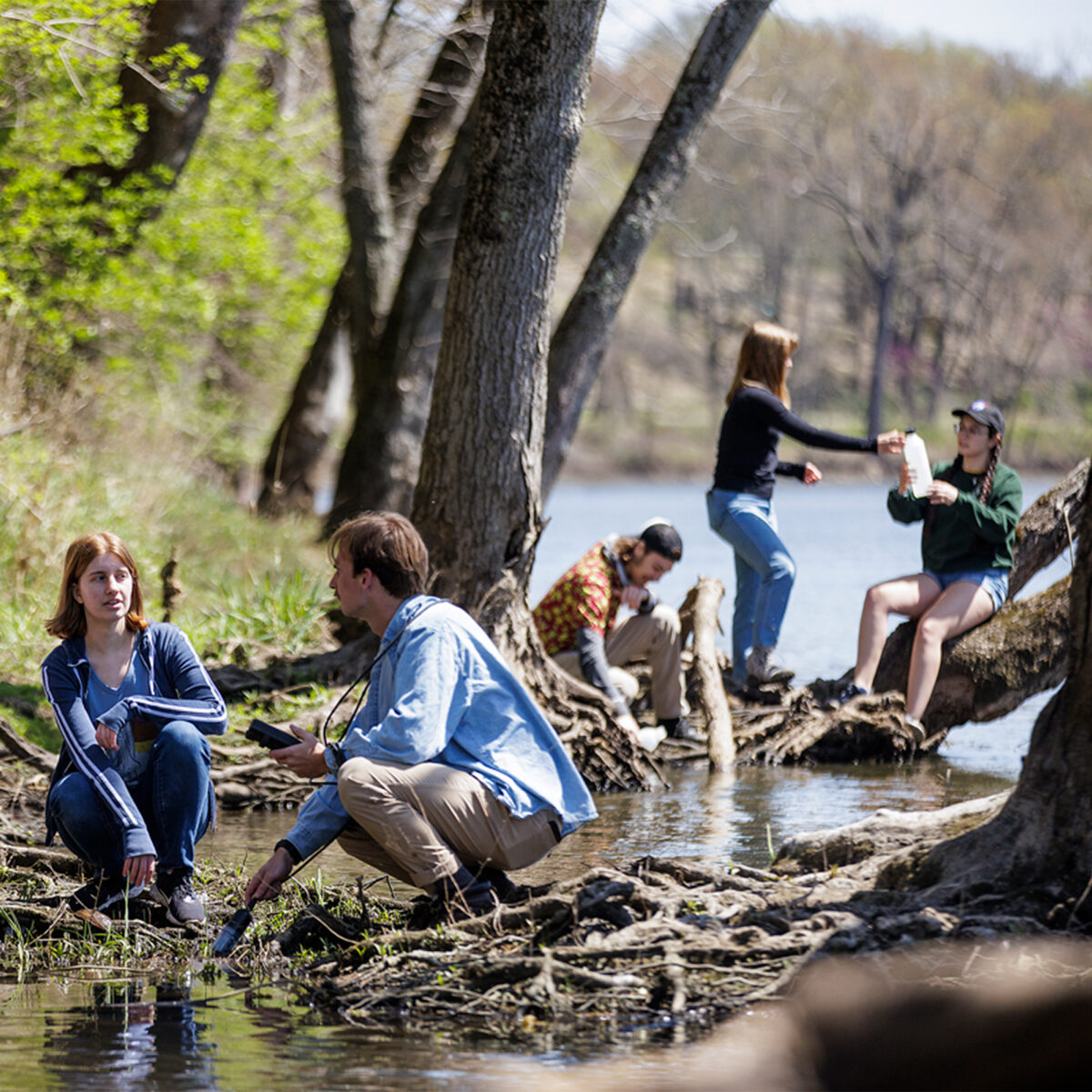Dissection Policy Statement

Biological Sciences Policy Statement on Animal Use
Dissection and experimentation are essential tools for studying the anatomy and physiology of biological specimens, and are required practices in appropriate laboratory courses in the biological sciences department. Animal tissues are complex, subtle, diverse and variable, and no simulation or model can adequately replace the benefits of real biological tissue.
The Biological Sciences department affirms the mandatory use of dissection and experimentation in appropriate laboratory courses for the following reasons:
- Dissection is the only way to understand the full complexity of animal tissues. Organs and tissues are three-dimensional structures with interconnections, textures and mechanical properties which cannot be rendered on a two-dimensional screen.
- Biological specimens are cluttered and confusing, for example, distinguishing a fine nerve from a strand of connective tissue requires an ability to make subtle distinctions and use multiple strategies to make identification.
- Dissection teaches essential practical skills to our pre-professional students that will later be used and expanded for application to living organisms.
- Animal experimentation is a necessary process for the acquisition of personal working knowledge, in contrast to uncovering predefined properties of a computer model.
- Animal physiology and anatomy are core subjects in biology. Students who elect to take these courses will be immersed in the topics. The department expects students to embrace the full breadth of all course requirements.
Dissections and experiments will be carried out with respect for the biological specimens, on the part of both instructors and students. Species will not be used that are endangered or whose populations would be substantially depleted by their use in the laboratory.
This statement was obtained and modified with permission from the Biology department at the University of Minnesota, Morris.
